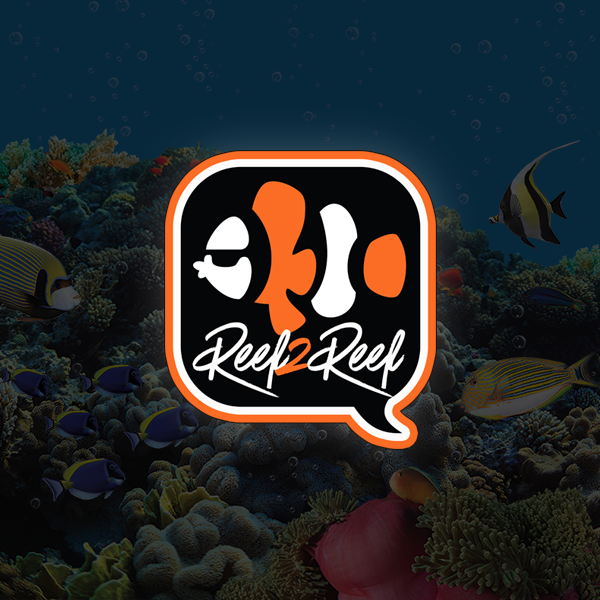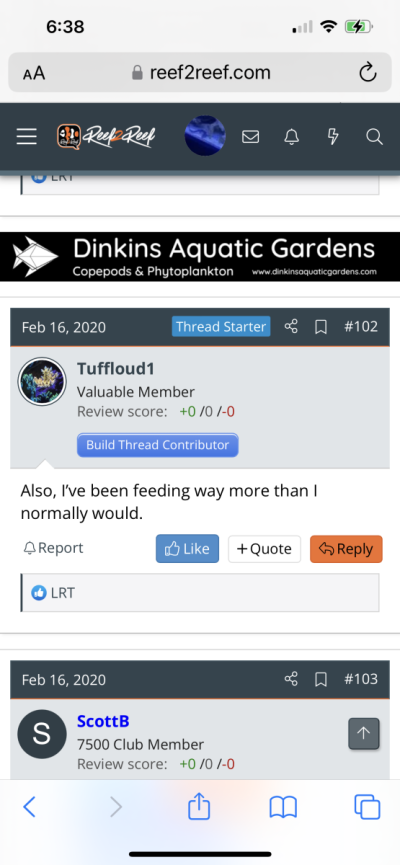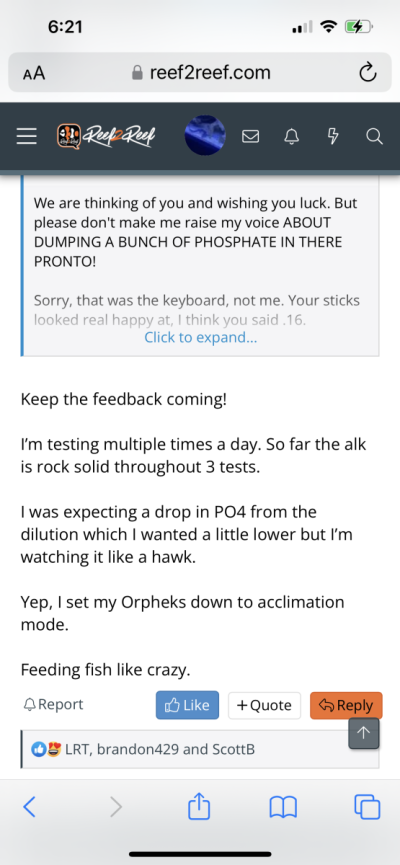Was hoping to get an opinion on whether i can turn on the lights to help my coral which I recently moved tank.
I moved a tank i purchased from someone 40 minutes away...and its been running for 4 days now....
The rock was a beautiful coralline red color.... but now has some green algae (see pix).
the live rock with the corals sat from 7pm Friday night without any heat ( not sure why the guy unplugged it ) temp was 68 degrees
on Saturday i put the whole rock with the corals into to a large tote container , with aquarium water covering it, and when i got home i heated it up to 76 and added flow
The live rock and corals stayed in the tote until mid day Sunday after i cleaned and re assembled the sump and tank.
I want to turn on the lights go get the corals back up to their original glory ( will do it slowly). but...
My concern: I added 50% new water and only kept 3 cups of the old sand... ( it looked really really dirty)
About a month back i added a biomedia block to ensure a smoother cycle when i re built ( as i was told i was not supposed to use the old sand).. but it did not really help....
this morning but ammonia is about 1ppm ... dropped quite a bit after adding 32oz of Fritz nitrifying bacteria two days ago (was at 5ppm).
so working thru a mini cycle...
I have 2 clowns in the tank... all the other livestock and some coral are in a separate tank.
Question:
1) If i turn on the lights will the green algae bloom?
i can tell the coral want light... they are twisting toward the window.
2) i believe i should wait to put the other live stock in the tank until ammonia is zero, correct?
thank you in advance
I moved a tank i purchased from someone 40 minutes away...and its been running for 4 days now....
The rock was a beautiful coralline red color.... but now has some green algae (see pix).
the live rock with the corals sat from 7pm Friday night without any heat ( not sure why the guy unplugged it ) temp was 68 degrees
on Saturday i put the whole rock with the corals into to a large tote container , with aquarium water covering it, and when i got home i heated it up to 76 and added flow
The live rock and corals stayed in the tote until mid day Sunday after i cleaned and re assembled the sump and tank.
I want to turn on the lights go get the corals back up to their original glory ( will do it slowly). but...
My concern: I added 50% new water and only kept 3 cups of the old sand... ( it looked really really dirty)
About a month back i added a biomedia block to ensure a smoother cycle when i re built ( as i was told i was not supposed to use the old sand).. but it did not really help....
this morning but ammonia is about 1ppm ... dropped quite a bit after adding 32oz of Fritz nitrifying bacteria two days ago (was at 5ppm).
so working thru a mini cycle...
I have 2 clowns in the tank... all the other livestock and some coral are in a separate tank.
Question:
1) If i turn on the lights will the green algae bloom?
i can tell the coral want light... they are twisting toward the window.
2) i believe i should wait to put the other live stock in the tank until ammonia is zero, correct?
thank you in advance





















